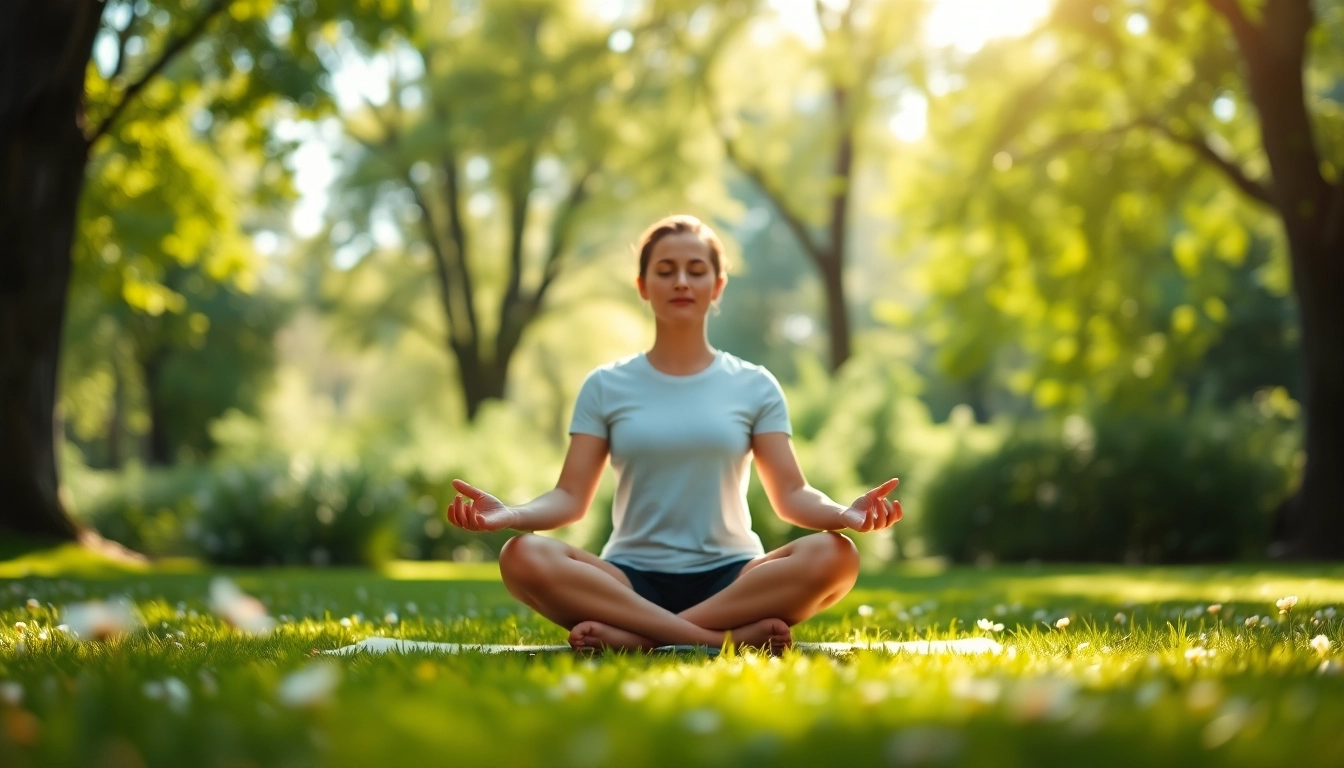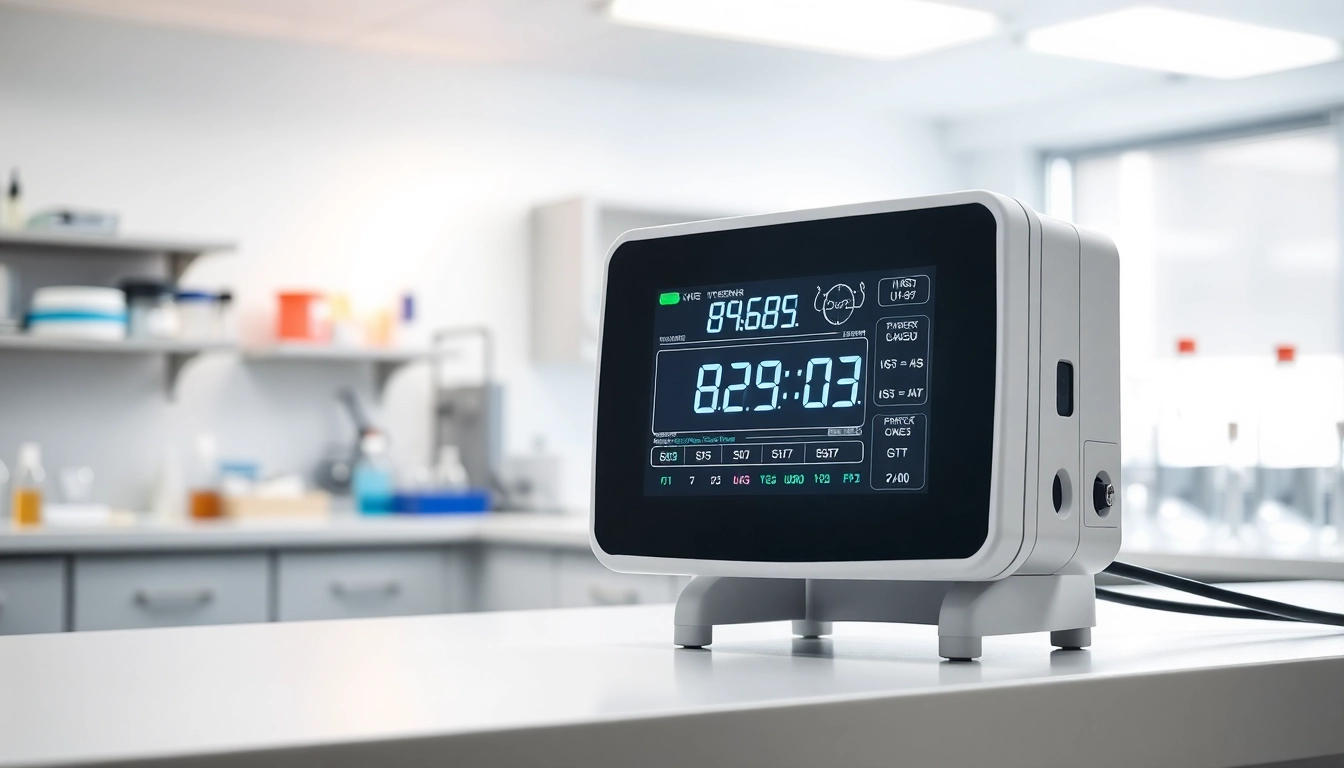Understanding Guided Meditation for Anxiety
What is Guided Meditation?
Guided meditation is a practice wherein an instructor or a recording leads the participant through a meditation session. Think of it as a mental journey that is narrated step-by-step, typically focusing on either relaxation, visualization, or reflection. The key component is guidance, which may be delivered vocally, through soothing music, or by employing specific techniques designed to calm the mind and body. In recent years, this practice has gained considerable popularity as an effective tool for various conditions, including anxiety. This therapeutic approach can range from simple breathing exercises to elaborate visualizations, all aimed at helping the practitioner find peace within themselves. For those struggling with anxiety, the allure of a compassionate voice and well-structured guidance can make it easier to engage with the practice. Incorporating Guided Meditation for Anxiety into one’s routine can significantly enhance mental well-being.
How Guided Meditation Alleviates Anxiety
Anxiety is often characterized by left unchecked thoughts racing through the mind, leading to distress and physical symptoms such as a racing heartbeat or shortness of breath. Guided meditation interrupts this cycle and offers a structured approach to navigate through the tangled web of anxious thoughts. It encourages the mind to focus on the present moment rather than fixating on stressors or fears of the future. Neurobiologically, meditation activates the parasympathetic nervous system, which induces a state of relaxation. This shift counteracts the body’s stress responses and lowers cortisol levels, contributing to an overall sense of calm. Recent studies have suggested that individuals who practice guided meditation experience significant reductions in anxiety levels, which can lead to improved emotional resilience and better overall mental health.
Different Types of Guided Meditation for Anxiety
There are numerous techniques available within the realm of guided meditation tailored specifically for anxiety relief. Some popular types include:
- Body Scan Meditation: This technique involves mentally scanning your body from head to toe, bringing awareness to any tension or discomfort, and focusing on releasing it.
- Visualization: Often, practitioners are guided to visualize calming scenes, such as a tranquil beach or a serene forest, which can help distract from anxious thoughts and evoke a sense of peace.
- Mindfulness Meditation: This style teaches practitioners to observe their thoughts and feelings without judgment, helping to create a more accepting mindset towards those anxious feelings.
- Loving-Kindness Meditation: This technique focuses on fostering compassion and love towards oneself and others, ultimately allowing individuals to cultivate a positive emotional state free of anxiety.
Getting Started with Guided Meditation for Anxiety
Finding the Right Resources
To embark on your guided meditation journey, it’s essential to find resources that resonate with you. This could include mobile apps, websites, or even specific audio tracks. Popular meditation applications offer a plethora of guided sessions tailored to various issues, including anxiety. When selecting resources, it’s crucial to evaluate the tone, pacing, and style. Look for resources that feel calming and relatable, as this can significantly enhance your meditation experience. Additionally, many websites dedicated to meditation often feature expert advice and community support, which can guide beginners on their journey.
Setting Up Your Meditation Space
Your meditation environment plays a pivotal role in the effectiveness of the practice. Creating a dedicated space allows you to establish a routine and signals your mind that it’s time to relax. Choose a quiet area free from distractions, such as strong lighting or noise. You may want to incorporate elements like comfortable cushions, soft lighting, calming scents (like essential oils), or soothing sounds to further enhance the atmosphere. Ensure that this space promotes ease and tranquility to facilitate a successful meditation session.
Creating a Daily Routine
Consistency is crucial in developing a successful mediation practice. Developing a daily routine that incorporates guided meditation can significantly enhance its efficacy in managing anxiety. Start with just a few minutes each day, and gradually increase the duration as you become more comfortable. Consider meditating at the same time daily—whether it’s morning, afternoon, or before bed. This creates an anchor in your day and promotes a habit that can lead to profound changes over time.
Techniques and Best Practices for Guided Meditation for Anxiety
Breathing Techniques to Enhance Meditation
Breath is a core component of many guided meditations. Focusing on your breath can ground you and provide a tangible anchor during your practice. Techniques such as the 4-7-8 method entail inhaling for four seconds, holding for seven seconds, and exhaling for eight seconds. This technique can help induce a state of calm and has been shown to alleviate feelings of anxiety. Techniques such as diaphragmatic breathing engage the parasympathetic nervous system more effectively and allow for deeper relaxation.
Visualization Techniques for Stress Relief
Visualization is a powerful tool within guided meditation, particularly for anxiety relief. Practitioners often visualize peaceful landscapes or situations that evoke calm. The practice encourages the mind to leave behind anxiety-provoking thoughts and immerse in these serene visualizations. Some techniques involve imagining the anxiety as a physical object you can cast away, fostering a sense of control and empowerment. Through practice, these visualizations can become a mental refuge, helping you navigate stressful moments in daily life more resiliently.
Integrating Mindfulness into Daily Life
Guided meditation is not just confined to your dedicated meditation sessions. Integrating mindfulness practices into your everyday activities can enhance overall well-being and further alleviate anxiety. Mindfulness involves being fully present in the moment, whether you’re working, eating, or engaging in conversations. Techniques can include mindful eating by savoring each bite, or active listening during conversations by giving full attention to the speaker without distractions. Over time, these practices create a more grounded attitude that can significantly reduce anxiety levels in day-to-day life.
Measuring the Impact of Guided Meditation on Anxiety
Tracking Your Progress
To understand the effectiveness of your meditation practice, consider keeping a journal to document your feelings before and after each session. This can help you identify patterns and evaluate how guided meditation impacts your anxiety over time. Additionally, various apps and tools allow users to track their meditation frequency, duration, and corresponding moods, providing a tangible insight into how beneficial meditation is for your mental health.
Common Challenges and Solutions
Embarking on a guided meditation journey can come with its own set of challenges. Practitioners may find it difficult to maintain focus or feel overwhelmed by racing thoughts. Acknowledging that these challenges are part of the process is essential. Techniques like redirecting your focus back to the breath or utilizing guided meditations that feature ambient sounds or gentle music can help. If anxiety arises during meditation, it is crucial not to fight it; instead, acknowledge its presence as part of your experience, reinforcing the practice of acceptance.
When to Seek Professional Help
While guided meditation can be a powerful tool for managing anxiety, it is not a substitute for professional help when needed. If your anxiety symptoms are severe, persistent, or impede your daily functioning, seeking help from a mental health professional may be necessary. Therapists can provide additional coping strategies and therapeutic techniques that offer more personalized support, complementing your meditation practice.
Real-Life Success Stories with Guided Meditation for Anxiety
Case Studies of Effective Anxiety Management
A multitude of individuals have successfully integrated guided meditation into their lives, experiencing profound improvements in managing anxiety. For instance, a participant in a guided meditation program reported a noticeable decrease in anxiety and panic attacks after several weeks of consistent practice. Furthermore, many organizations and businesses have reported implementing wellness programs that include meditation sessions, leading to a more peaceful and productive workplace environment.
Testimonials from Practitioners
Testimonials from individuals who have employed guided meditation for anxiety emphasize its transformative potential. Many have shared stories of how they were once overwhelmed by their anxious thoughts but found that through dedicated practice, they’ve gained greater control over their mental states. These personal narratives underline the practice’s ability to foster resilience and a deeper connection to inner peace.
Long-term Benefits of Regular Practice
Commitment to guided meditation can yield consistent long-term benefits, including sustained reductions in anxiety levels and an overall enhancement in mental clarity and focus. Regular practitioners often report improved emotional regulation, a greater ability to handle stress, and enhanced relationships due to improved self-awareness and empathy. Over time, what begins as an effort to cope with anxiety can evolve into a holistic practice benefiting multiple aspects of life.



